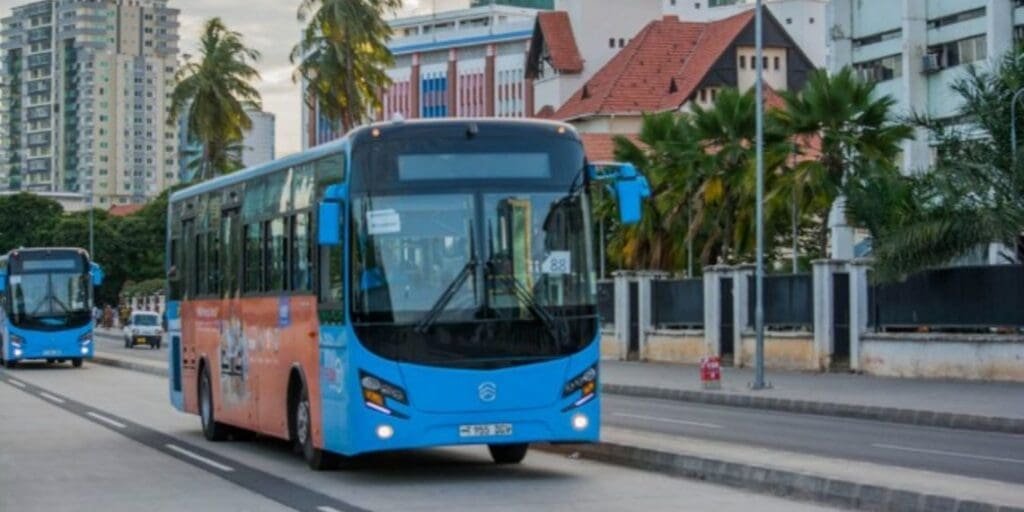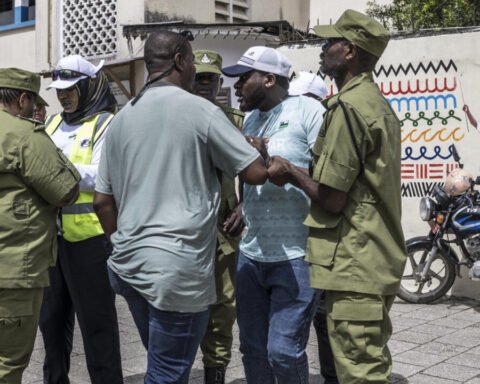For many residents of Dar es Salaam, the daily struggle to find reliable public transport has become an unavoidable part of life.
What was once celebrated as a breakthrough project to ease congestion now stands as a symbol of frustration and broken promises.
The Bus Rapid Transit (BRT) system, introduced in 2016 with high hopes of modernizing urban travel, has instead become overwhelmed by demand and plagued by inefficiencies. Initially viewed as a beacon of progress, it now faces constant criticism from commuters who endure overcrowded buses, endless queues, and unreliable schedules.
Social media has been flooded with images of desperate passengers clinging to bus windows, a stark reflection of a system under immense pressure. These viral clips have sparked anger and debate, turning what should have been a model of efficiency into a daily ordeal for thousands.
On October 1, 2025, that frustration reached a boiling point. Angry commuters reportedly threw stones at buses and stations, breaking windows and halting services. Police later confirmed that three suspects had been arrested in connection with the incidents. The unrest highlighted not just anger but also a deep sense of disillusionment among the city’s residents.
When the project first launched, officials envisioned a modern and efficient system serving hundreds of thousands of people daily. However, operations began with only 104 buses — far short of the 305 that had been planned. Authorities said the early rollout was meant to safeguard the new lanes from motorcycle taxis (bodaboda), which were already encroaching on the routes.
Also Read; Ugandan Candidate Sparks Debate Over Language Policy
Nearly a decade later, those early compromises have compounded into severe problems. Bus shortages, delayed expansion phases, and management challenges have crippled operations. Even the electronic ticketing system remains inconsistent, forcing passengers to queue for long hours just to pay their fares.
Transport experts note that while infrastructure such as terminals and bus lanes has expanded, operational efficiency has not kept pace. What should have been a fast, reliable service has become unpredictable and overcrowded.
Authorities have recently tried to stabilize the situation by introducing new buses and reshuffling management teams. While these steps have brought some relief, many citizens say more needs to be done. Without firm accountability and sustainable funding, they fear the system could collapse entirely.
According to analysts, the city needs a comprehensive reform strategy that integrates feeder routes, modern payment technology, and consistent maintenance. As one commuter put it, “We just want a system that works — not promises that never become reality.”
The crisis in Dar es Salaam is not unique. Many fast-growing African cities face similar challenges due to rapid urbanization and limited transport planning. But with its size and economic importance, Dar es Salaam’s situation serves as a warning — and an opportunity.







